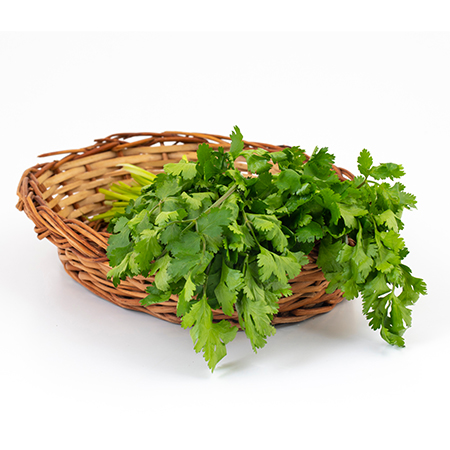-
About Us
button

Dabur India Limited is a leading Indian consumer goods company with interests in Hair Care, Oral Care, Health Care, Skin Care, Home Care and Food & Beverages.
-
Our Brands
button

Dabur presents a range of Herbal & Ayurvedic Personal Care products, created to make you look and feel good. Bringing together the gentle touch of nature and Ayurveda's wisdom .
-
Investors
button

Read our recent and archived releases, quarterly results, annual reports and financial statements. Initiatives Investor Centre.
-
Newsroom
button

Welcome to Dabur Media Centre. In this section, you’ll find our latest Press Releases arranged in a chronological order. The Press Releases have been further
-
Ayurveda & you
button

Our curated Collection of Ayurvedic knowledge for you. We at Dabur are working towards helping people lead a healthy and balanced life.
-
Sustainability
button

Dabur has been engaged in community development activities since 1994 and is committed to making a positive contribution to the communities where we source, live, work and sell our products.
-
Join Us
button

At Dabur, we are very passionate about winning and this has been engrained in DNA of the organization.
-
Support
button
- Home > Ayurveda & you > Ayurveda & Science > Ayurvedic & Medicinal Plants
Ayurveda and Science
Adusa/अडूसा/Vasaka/Vasa/Malabar Nut/Adhatoda vasica
AYURVEDIC & MEDICINAL PLANTS

Ayurveda uses Vasa extensively in the treatment of cough and other respiratory ailments. Liquid extract of the plant is used in many pharmaceutical formulations as an expectorant. Experimental investigations suggest that Adusadilates finer bronchioles and ensures a smooth expectoration. It was also observed to act as an antihistamine agent.
Chemical Composition
The plant contains a non-volatile alkaloid, vasicine, an organic acid, adhatodic acid, sugar, gum and salts.
Balances kapha and vata.
Read more about various ailments, it's causes, symptoms, ayurvedic treatments, etc.
Know the story behind other medicinal Ayurvedic ingredients

Ananas

Babool Plant

Kalmegh Plant




